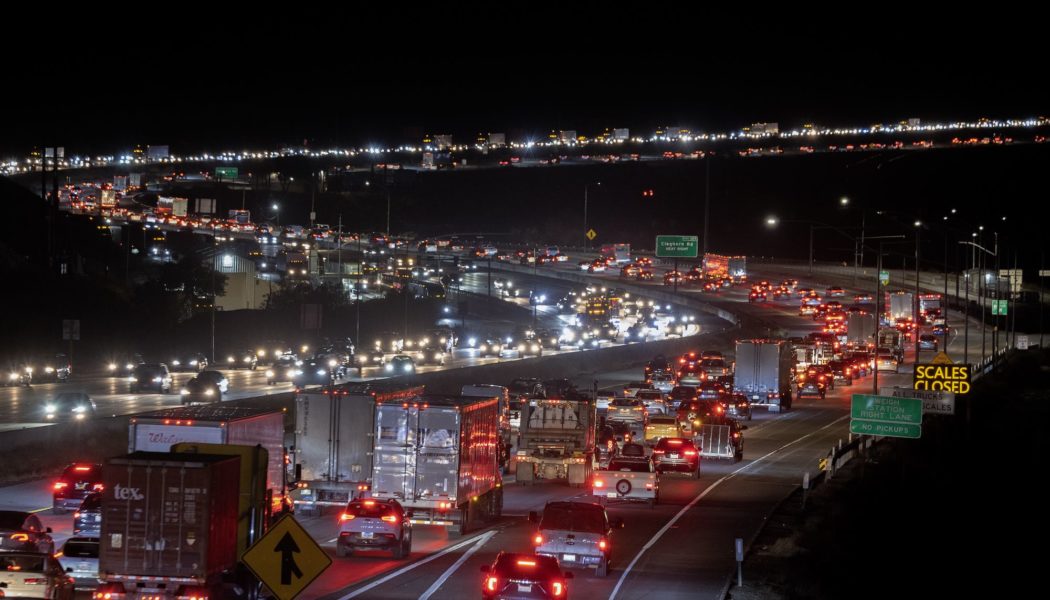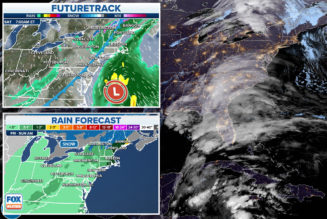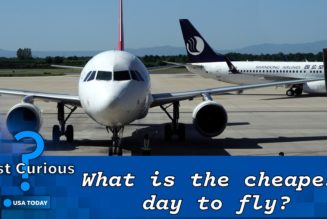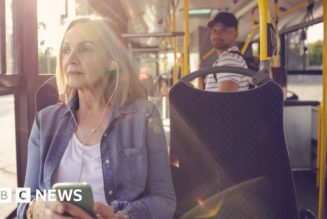AAA is predicting the busiest Thanksgiving in several years.
And the estimates don’t even count the many Americans who are expected to travel days ahead of the five-day peak period.
In all, AAA forecasts there will be 55.4 million people traveling, including more than 49 million Americans driving, between the Wednesday before Thanksgiving (November 23) and the Sunday after the holiday.
“The trend is that people are still traveling in very large volumes,” Aixa Diaz of AAA told CNN. “Post-pandemic, the demand for travel just continues to go up year after year, and this Thanksgiving is no exception.”
Those numbers make this the third-busiest Thanksgiving travel period in the more than two decades AAA has tracked it. This year ranks behind only 2019 and 2005 and is about 2% higher than last year.
But that only tells part of the story.
The total number of turkey day travelers is even larger thanks to new post-Covid work trends. Office workers freed from sitting in a cubicle daily might have the flexibility to make Thanksgiving a weeklong trip or return the following week.
“Hybrid schedules and remote schedules have changed everything,” said Diaz of AAA. “Now people can leave for holiday travel at different times.”
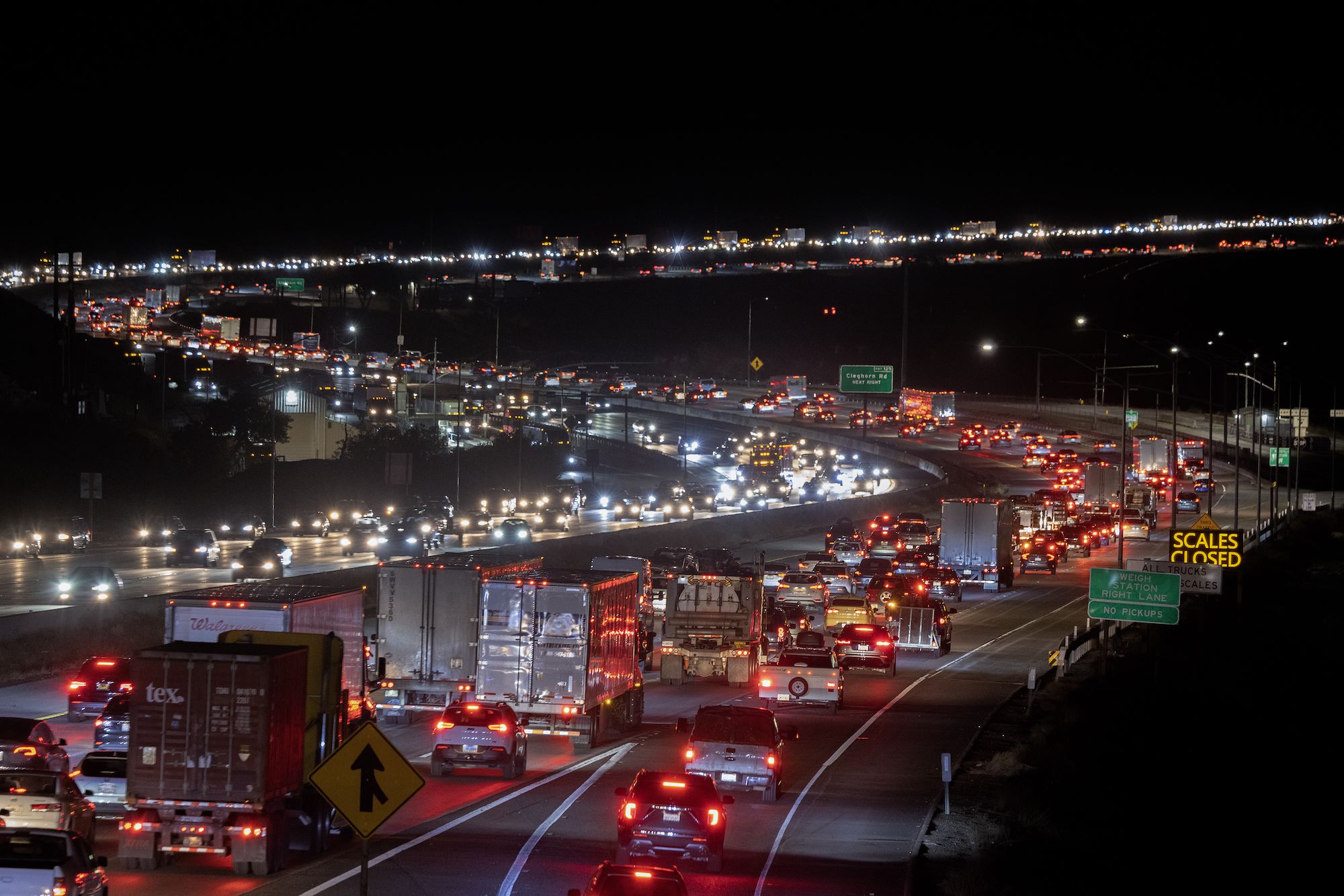
Airlines expect record traffic
Although departures might be staggered, Americans will be returning home en masse the Sunday after Thanksgiving. That will make it the busiest air travel day of the year, according to the aviation firm Cirium. It expects airlines to fly more than 3 million seats on 22,000 flights that day.
AAA, which looks at a five-day holiday period, expects it to be the busiest Thanksgiving for air travel since 2005, with a nearly 7% increase over last year.
In all, air carriers such as American Airlines, Delta Air Lines and United Airlines expect to carry record-setting numbers of passengers over a nearly two-week period including the weekend before Thanksgiving and the Monday or Tuesday that follows Thanksgiving.
The peak airport traffic could come as key employees are asked to work without pay. Current federal government funding expires about a week before Thanksgiving, and lawmakers have not put forward a plan to avert a shutdown.
Transportation Security Administration officers and Federal Aviation Administration air traffic controllers are among the employees expected to report for work without pay if the federal funding lapses.
US airlines each measure their holiday travel period differently, but all are expecting eye-popping numbers.
American said it expects its busiest Thanksgiving period ever, carrying a half million more passengers than last year. It expects to fly 7.8 million passengers over a 13-day period on more than 70,000 flights.
United’s forecast calls for 5.9 million passengers flying on its planes over an 11-day surge period. The airline said that since recovery from the pandemic, “the holiday travel period is getting longer and demand is less concentrated on peak days.”
Delta said it will carry as many as 6.4 million passengers over a 12-day period. In addition to the Sunday and Monday after Thanksgiving, the Friday before the holiday is also a peak day, the airline said.
Best and worst times to drive
The longer travel window may make peak traffic windows – the Wednesday before and Sunday after Thanksgiving – less busy than they could be. But AAA says that Wednesday afternoon is still the worst time to hit the roads, with traffic 80% higher in some areas, according to the traffic research firm INRIX.
Interstate 5 near Seattle and the Baltimore-Washington parkway near the nation’s capital will see peak traffic Wednesday afternoon, according to the INRIX estimates. It predicts traffic will peak Sunday afternoon on I-10 near Houston and on the Garden State Parkway near New York City.
The best times to travel during the peak Thanksgiving period are on Wednesday morning and Sunday morning, AAA says.
“I’m always a big fan of leaving on Thanksgiving morning itself,” said Diaz of AAA. “The roads are certainly clearer on Thursday morning.”
“And yes,” she said, “it shortens the amount of time that you’re at your destination, but it also shortens the amount of time you’re in transit.”
